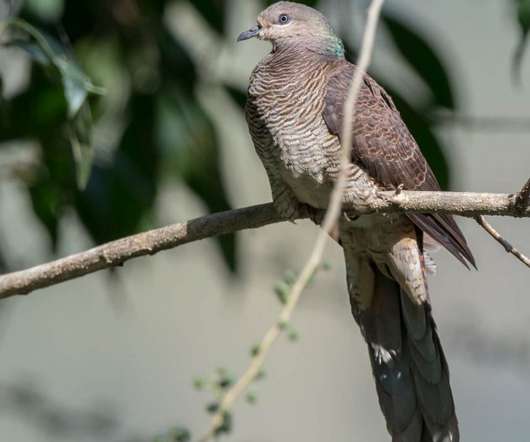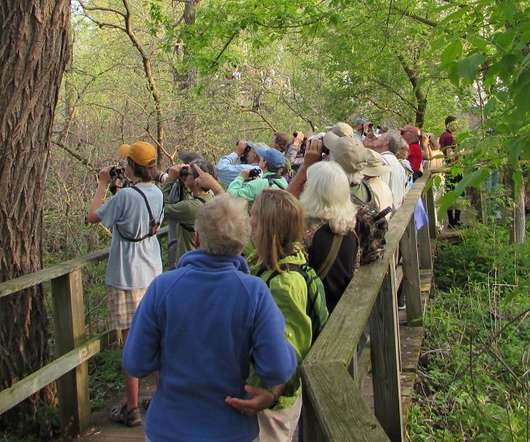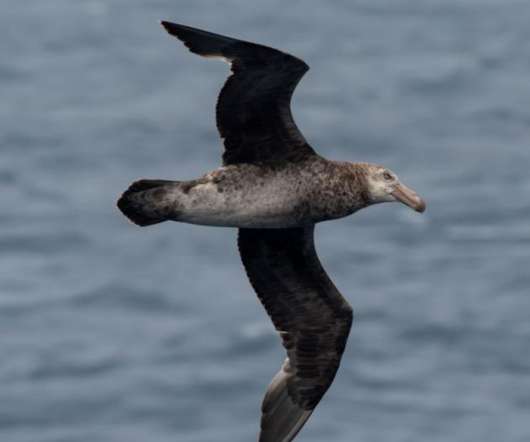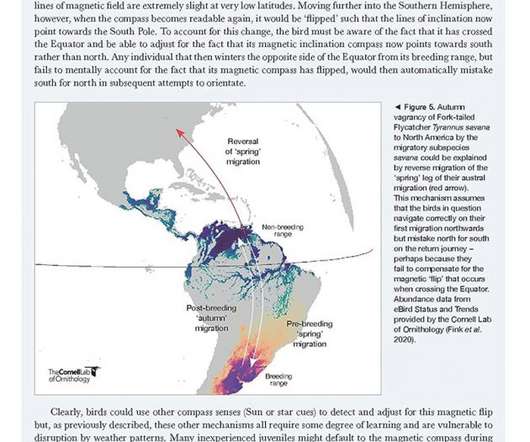Birding Hongbenghe, Yunnan
10,000 Birds
JUNE 23, 2022
The main attraction for birders here are the hornbills – I have written about them before , so this post will be more on the other birds I saw there in 2017. The Blue Whistling Thrush is presumably named for its loud human-like whistling, and possibly for being blue. The White-cheeked Partridge is classified as Near Threatened.












Let's personalize your content